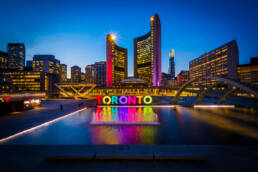A river in Ontario, Canada, the French River flows 110 kilometers and largely follows the boundary between the Parry Sound District and the Sudbury District. It can be said to be the dividing line between North and South Ontario largely. In 1986, the River was designated as a Canadian Heritage River.
What do you need to know about the geography of the French River?
Flowing typically through the Canadian Shield Country, the River flows in many places and also exposes rugged glaciated rock. However, this exposure of glacier rock takes place in some places only. It also showcases and flows through heavily fostered areas on the upper portion. The French River has many tributaries like Wanapitei River, Pillow River, Murdock River, Hall River, Pickerel River, Restoule River, etc. Many countless islands and numerous channels are contained in the mouth of the River.
What is magnificent about the French River’s history?
- In ancient times, the Algonquian people used to use it as a transportation corridor.
- The River is called Wemitigoj -Sibi by the Ojibwa, which is an interesting and unique name.
- Another magnificent thing about the name of the River is that it is named so as it became familiar with many French explorers in the 17th century.
- During the industrial revolution, the French River became famous as a spot for fishing and logging. Logging became a primary source of activity in the area, especially as it boomed after the Great Chicago Fire in 1871.
A waterway provincial park has also been made out of most of the river’s shores. Along the French River, there are almost 230 undeveloped back-country campsites available in the park. People on vacation and those who like living the cottage life are constantly attracted by the River and visit it. It is populated and filled with tourists almost every time of the year.



